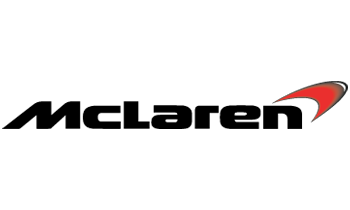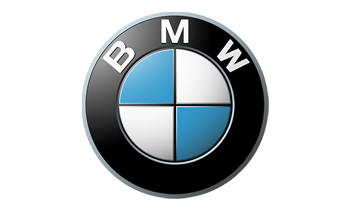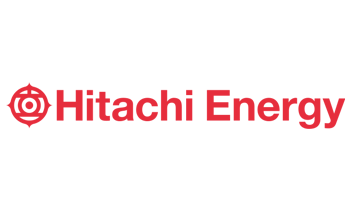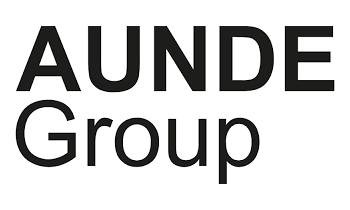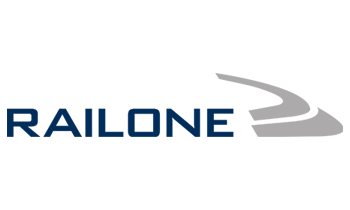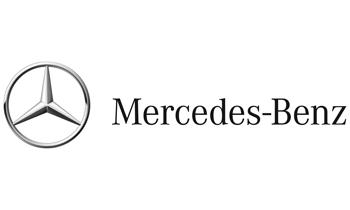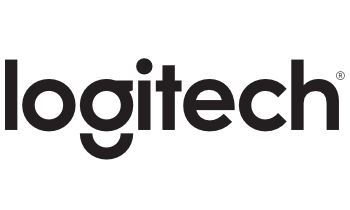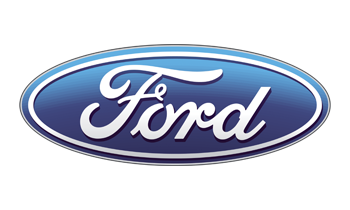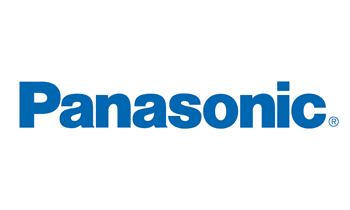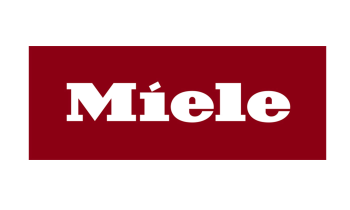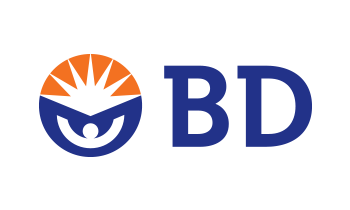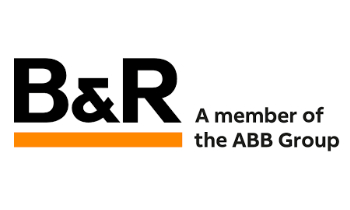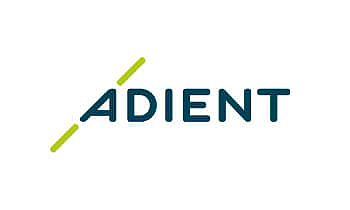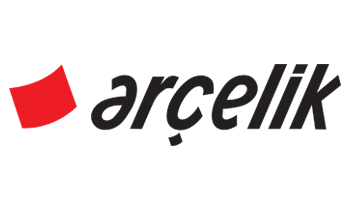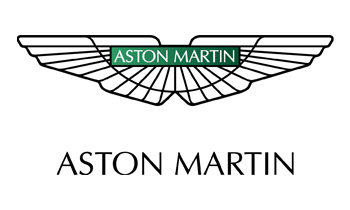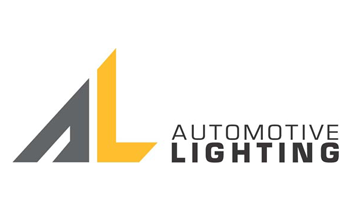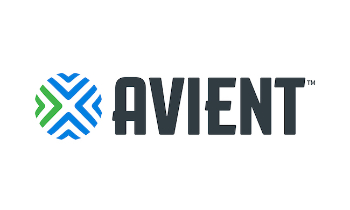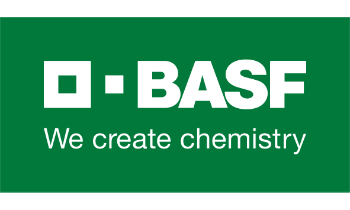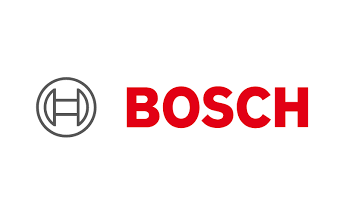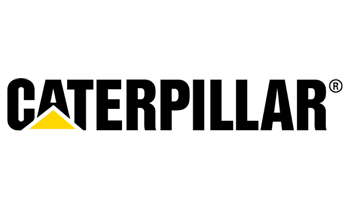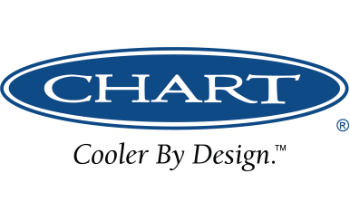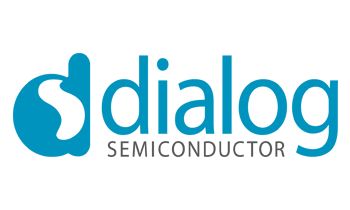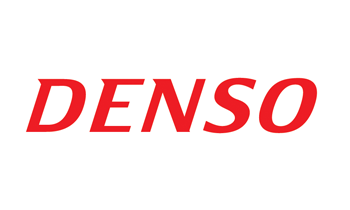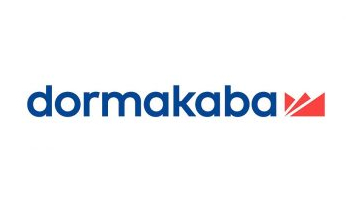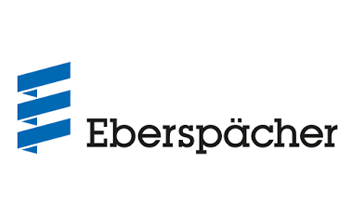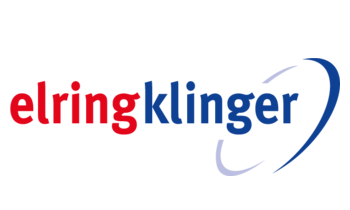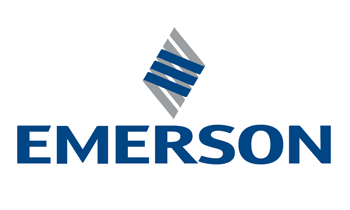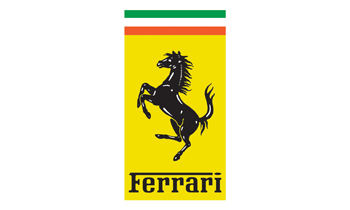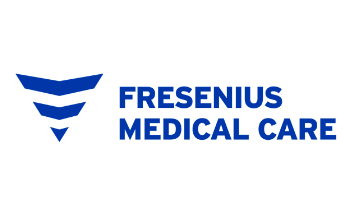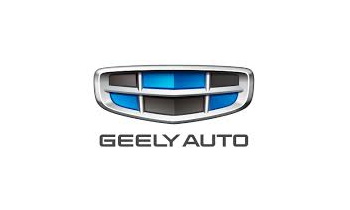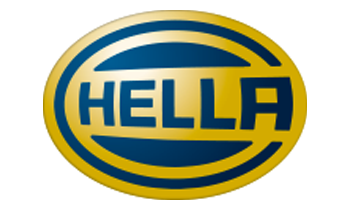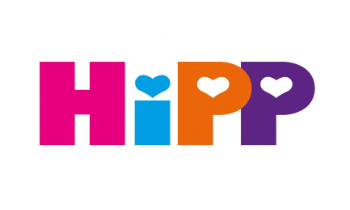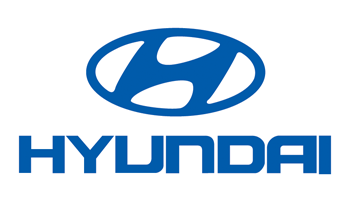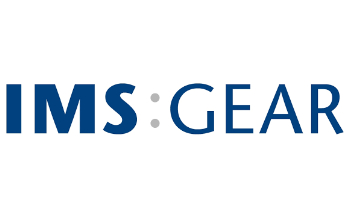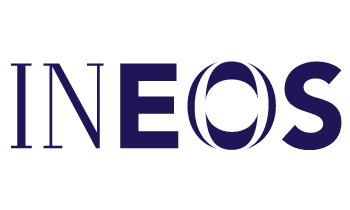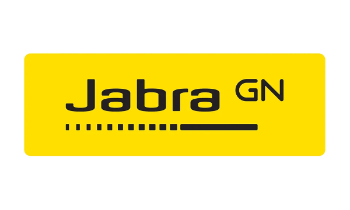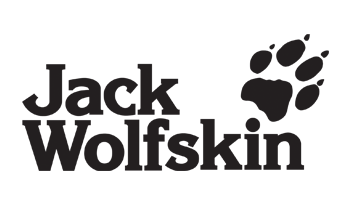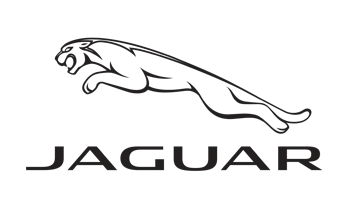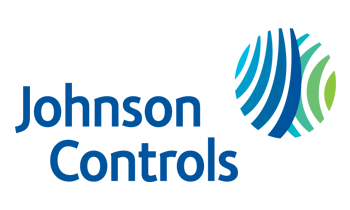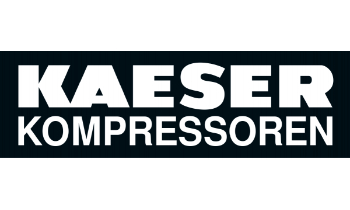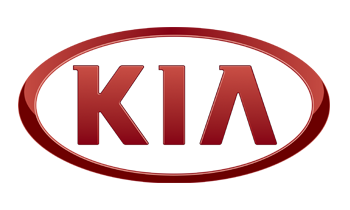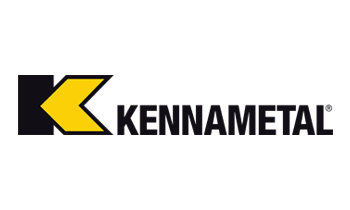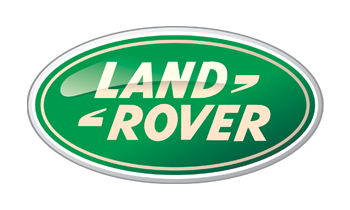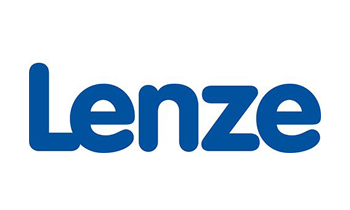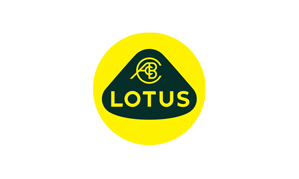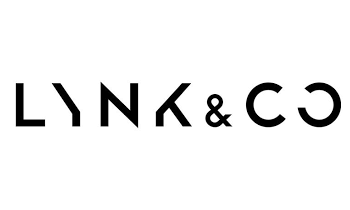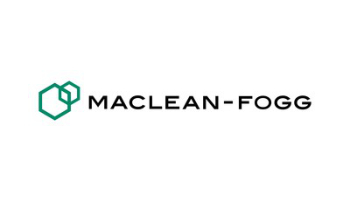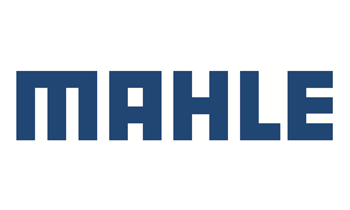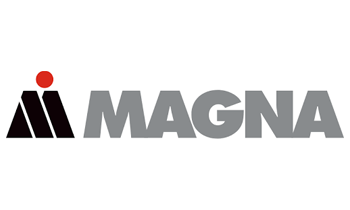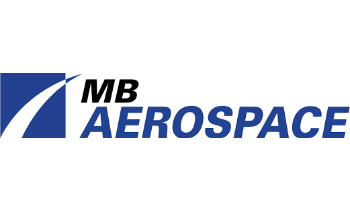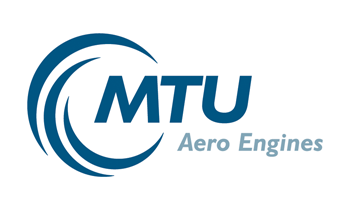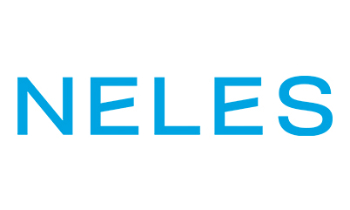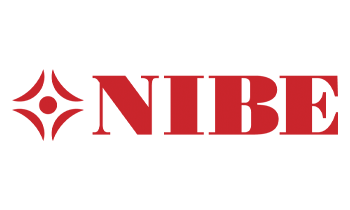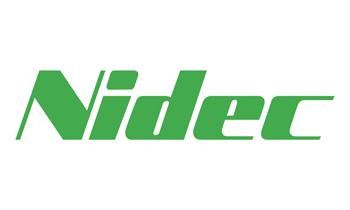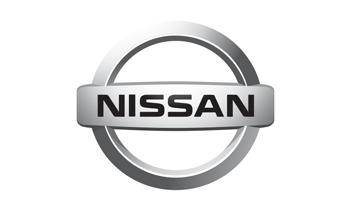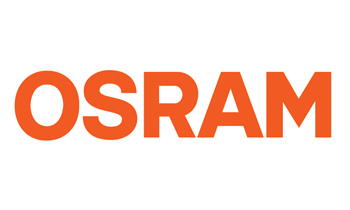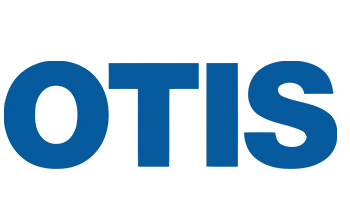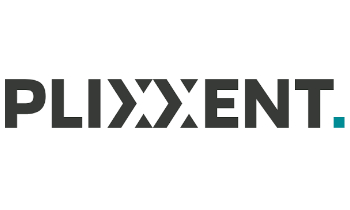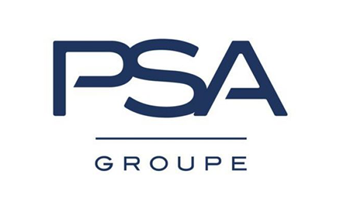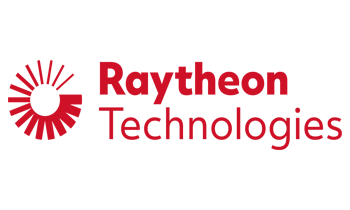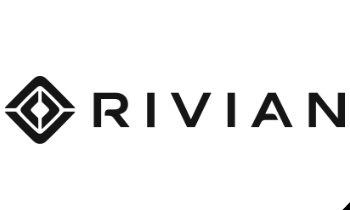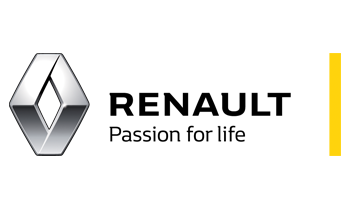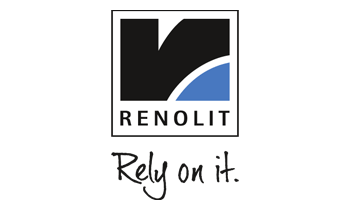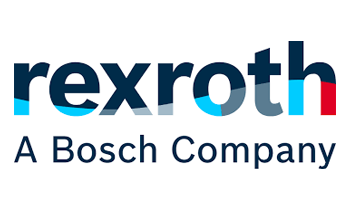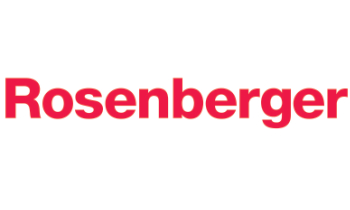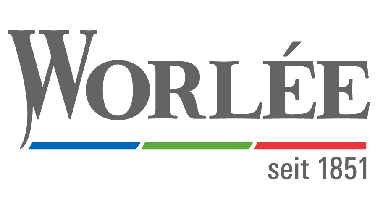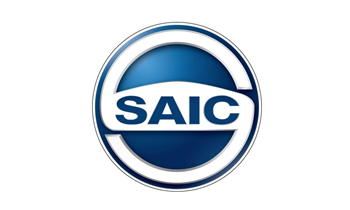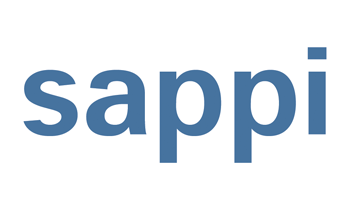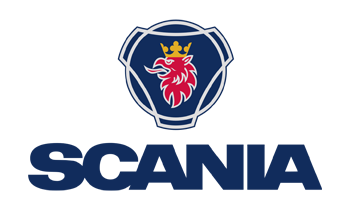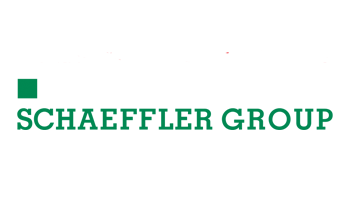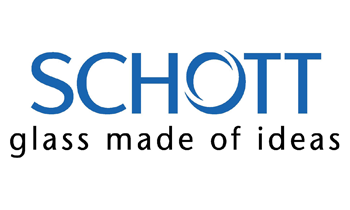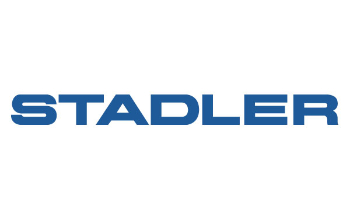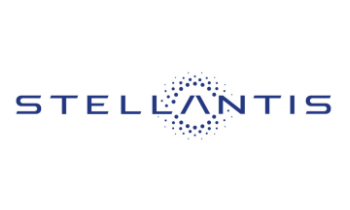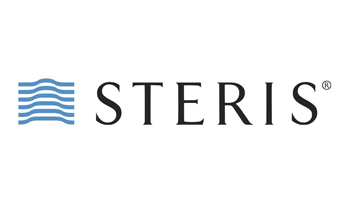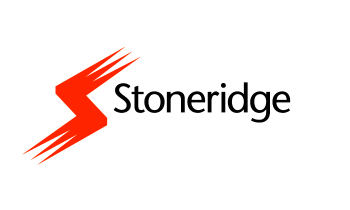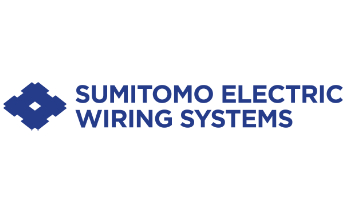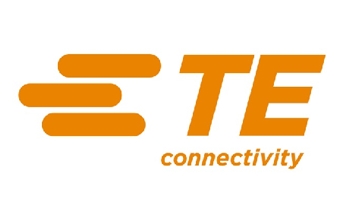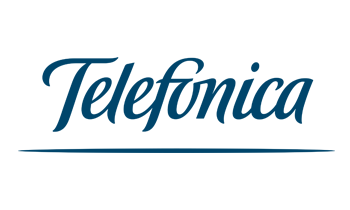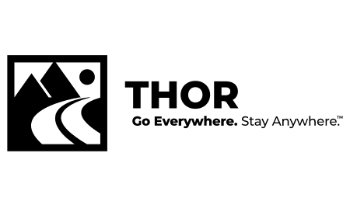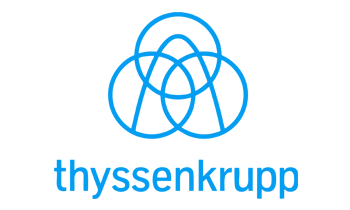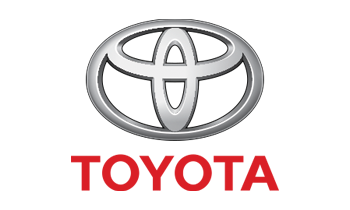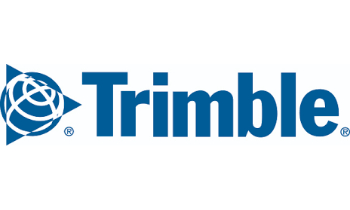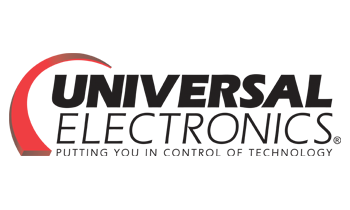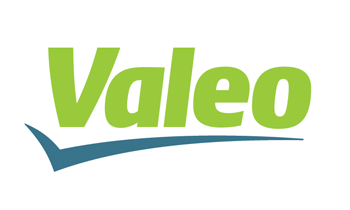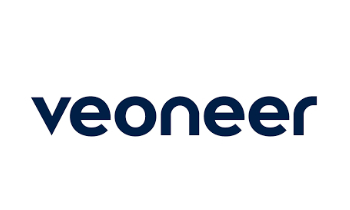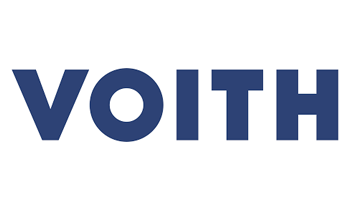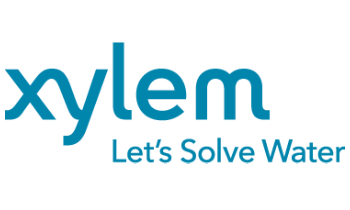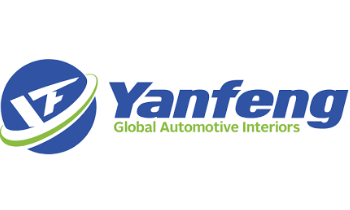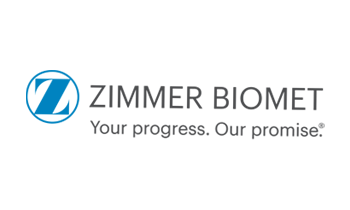The Number One Software for Conflict Minerals Compliance & Reporting
Between the extraction of raw materials and the completion of a final product, there are many intermediate steps, which makes tracking the origin of minerals extremely difficult. In addition, each company faces a large number of inquiries from its customers, which need to be managed, answered, and sent back in an aggregated form. Manual data management is not a feasible solution for most companies. No company can afford to ignore the related inefficiencies and the potential for errors.
Compliance Assurance
iPoint Conflict Minerals is a cloud-based software solution which enables companies to fulfill the enormous challenge of collecting, managing, aggregating, and reporting conflict minerals information, and meet the requirements of their customers and the regulatory authorities.
Reporting Process Optimization
iPoint Conflict Minerals is designed from the ground up to streamline the reporting process through powerful tools for tracking and managing country-of-origin inquiries.
Supplier Community
Benefit from the flexibility and the huge supplier community. iPoint Conflict Minerals offers suitable plans depending on your company’s size and reporting requirements. With tens of thousands of registered companies, iPoint Conflict Minerals has secured its position as the market leader for Conflict Minerals compliance software solutions.
Conflict Minerals Product Website
Learn more about iPoint Conflict Minerals - the number one solution for Conflict Minerals and Cobalt Compliance & Reporting

Your Benefit with iPoint Conflict Minerals
Smelter Management Optimization
Identify if you or your suppliers are sourcing from smelters in critical countries or regions. Prepare documents for SEC reporting as well as statistics based on used smelters.
Supply Chain Integration and Risk Management
Collect and review information about minerals used within your supply chain/purchased parts. Identify critical suppliers, parts, and products, and find possible alternatives.
Ensure Compliance Globally
iPoint Conflict Minerals can be tailored to support companies affected by similar regulations of other countries and politico-economic unions. The goal: ensure compliance with existing and upcoming Conflict Minerals regulations worldwide.
One Integrated and Single Solution
iPoint Conflict Minerals poses an integrated, single solution for the whole supply chain. With its user friendly interface and two-tiered licensing model, it attracts the majority of your suppliers to participate in your reporting initiative.
Founded on the CARE principle
Reuse your collected data within other iPoint Suite products to analyze, report, and evolve your business.
Save Time, Efforts and Resources
Work faster, more efficiently and more accurately by using iPoint Conflict Minerals to fulfill your due diligence obligations across the supply chain.


Conflict Minerals Product Update
iPoint Conflict Minerals' new global platform comes with many advanced features making master data management much easier and faster. It includes a new smelter library giving insights into smelter details for 3TG, cobalt, and mica.

Source responsibly
Cobalt, EU-3TG and Sanctioned Entities – Why you should establish proactive business practices to manage the shift from conflict minerals compliance to responsible sourcing.
Solutions covered by iPoint Conflict Minerals
Choose the plan that works for you
Choose between four different plans, tailored to the needs of your company profile and size. You can upgrade to another plan at any time. To buy a new license or to extend/upgrade your existing one, please log in to your existing SustainHub account. If you don't have a SustainHub account yet, please sign-up for free. Afterwards you can easily get the license plan or token package inside your SustainHub Account Management..
Are you a supplier and do you need to respond to your customers' requests?
The free Basic plan includes all relevant functions for answering mineral requests, including guided workflows and automatic reply options.
FREE
Need to collect information on the use of 3TG minerals in your supply chain?
The Essential plan enables you to request, collect and process information on the country of origin and the smelters and refiners used for 3TG minerals (tungsten, tantalum, tin and gold) within your supply chain.
5 Users | 100 Tokens
Do you also need to gather due diligence information in your cobalt and mica supply chains?
In addition to the Essential plan, the Professional plan includes all the necessary workflows for obtaining cobalt and mica due diligence information. Further useful features also help you gain more control and transparency in your data collection efforts.
10 Users | 300 Tokens
Would you like to automate conflict mineral reporting?
With our Enterprise plan, you can run customized campaigns for your products and product families for 3TG, cobalt, mica and all emerging responsible minerals. This automatable solution can be integrated into your business processes and offers numerous analysis and reporting functions for maximum transparency and minimized risks.
Unlimited Users & Tokens
Compare Plans
| Basic | Essential | Professional | Enterprise | ||
|---|---|---|---|---|---|
In Scope | |||||
| Trial | 60 days | 60 days | |||
| Users | 2 | 5 | 10 | unlimited | |
| Included tokens | 100 | 300 | unlimited | ||
| Cloud environment | shared | shared | shared | shared/dedicated | |
| Consulting | optional | optional | Customer Success Manager | ||
| Support | Ticket system | Ticket system | Customer Success Manager | ||
Share due diligence information | |||||
| Manage your customer requests | |||||
| Guided workflows | |||||
| Answer mineral requests | |||||
| Answer without registration | |||||
| Automatic reply option | |||||
Run own campaigns | |||||
| Manage campaigns for your supply chain | |||||
| Versatile request options | |||||
| Customized supplier communication | |||||
| Automated response check | |||||
| Answer on behalf of your supplier | |||||
Collect data | |||||
| Due diligence information from companies | |||||
| CMRTs for 3TG minerals | |||||
| EMRTs for cobalt and mica | |||||
| PRTs for emerging minerals | |||||
| Due diligence information for parts | |||||
Trace your progress | |||||
| Consolidate received responses | |||||
| Red Flag report | |||||
| Ensure audit-proof data documentation | |||||
| Activity logs | |||||
| Basic statistics | |||||
| Advanced statistics | |||||
| Campaign tracking | |||||
| Reports for SEC filings | |||||
| Various analysis options | |||||
Manage your master data | |||||
| Regular smelter information updates | |||||
| Access to the smelter library | |||||
| Access to the red flags library | |||||
| Customize red flags | |||||
Interfaces | |||||
| Export responses in latest minerals template | |||||
| Export responses in IPC-1755 exchange standard | |||||
| Import interface for master data | |||||
| Data import/export interface for campaigns | |||||
Optional for our ENTERPRISE plan | |||||
| Dedicated cloud environment | |||||
| Compose products and product families | |||||
| Manage smelters | |||||
| Automated smelter feedback for suppliers | |||||
| Register as a supplier | Request a Quote | Request a quote | Request a quote | ||







